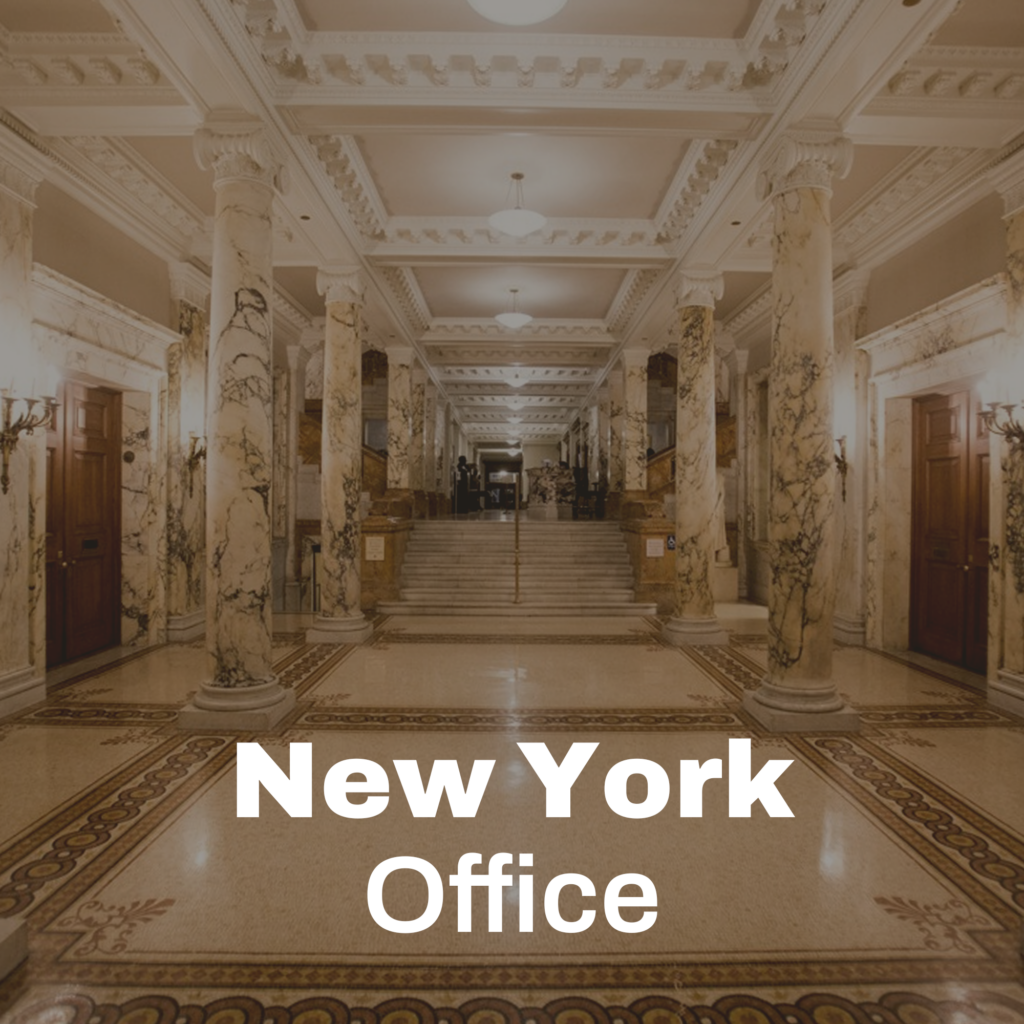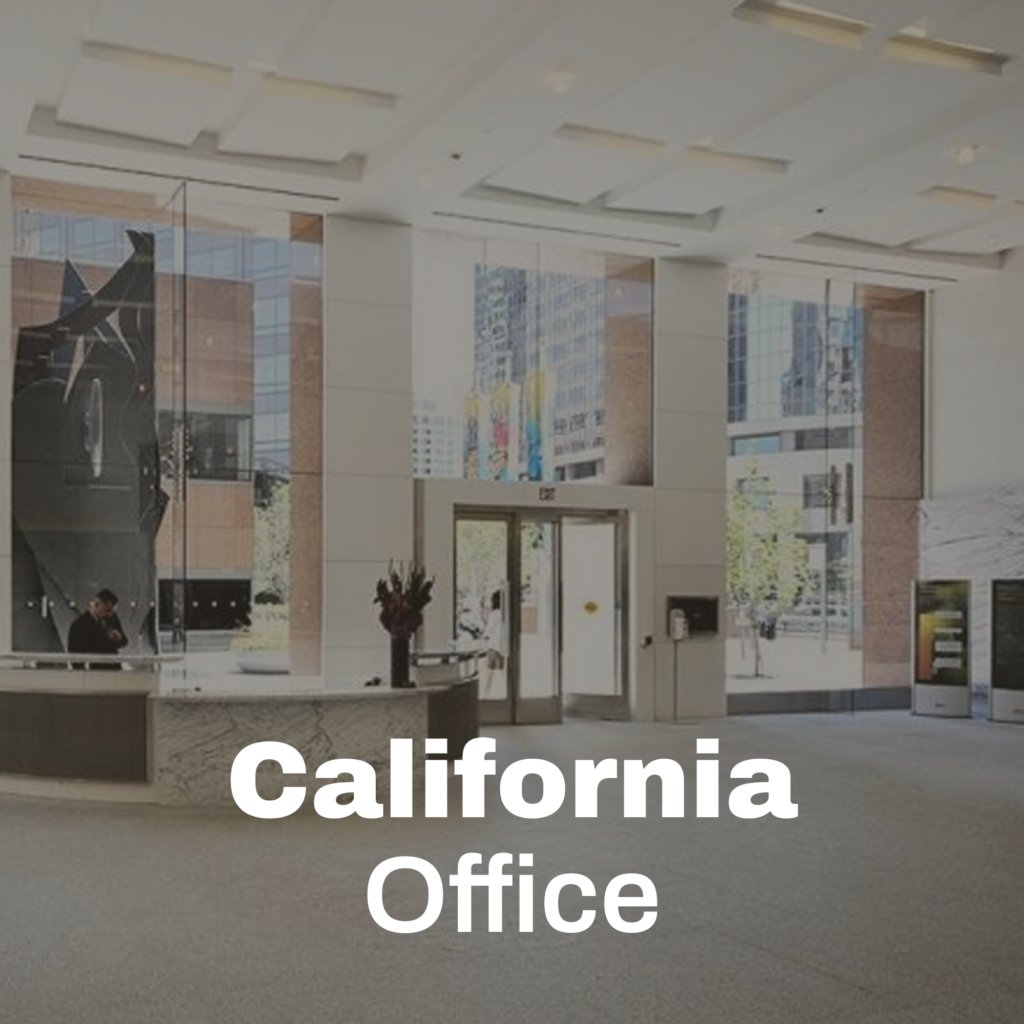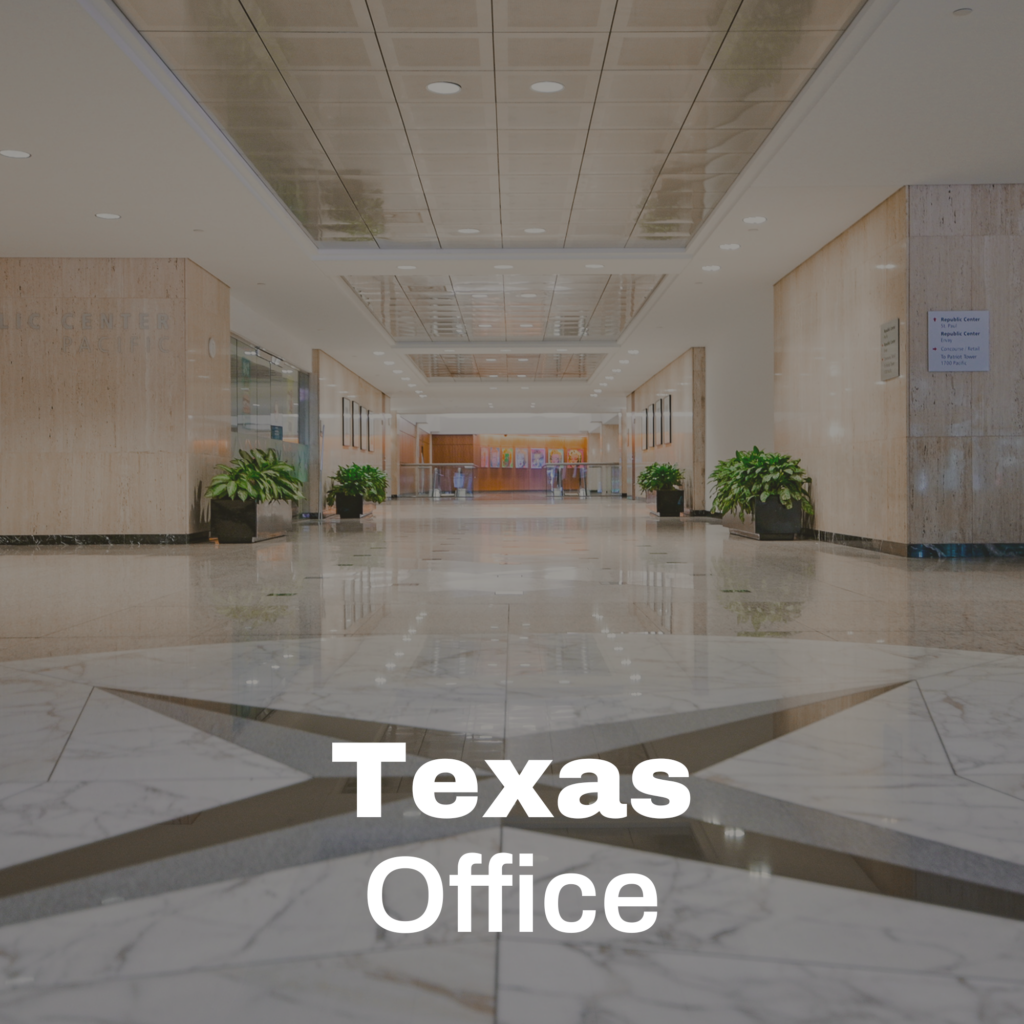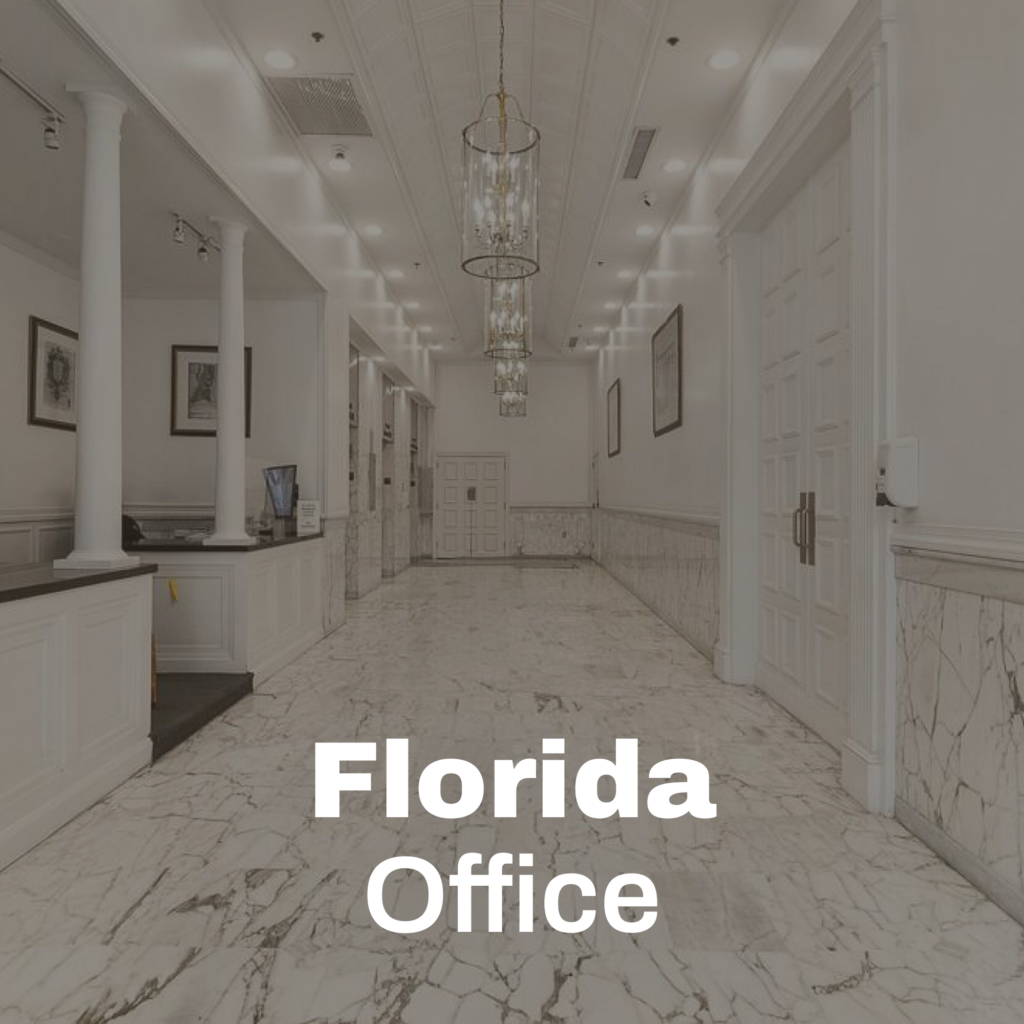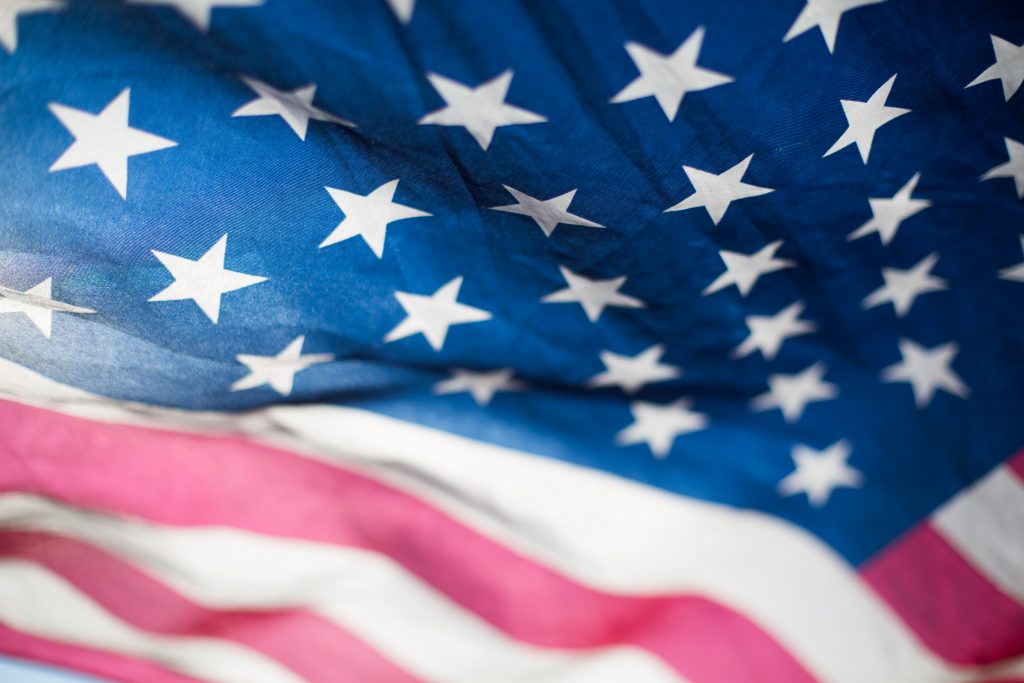
The U.S. immigration system has, historically, accommodated those fleeing violence, famine, and disasters from other countries by offering them a status called right of asylum. There are two common types of asylum recognized by the U.S. Citizen and Immigration Services (USCIS): affirmative and defensive asylum. This blog will focus on affirmative asylum, rather than defensive asylum, which can be requested by noncitizens facing deportation or removal proceedings.
Eligibility for Affirmative Asylum in U.S.
For starters, you must physically be inside the U.S. to apply for asylum after entering at a recognized port of entry. Your current immigration status does not affect your ability to file for asylum. After you have entered the U.S., you must complete a document referred to by USCIS as “Form I-589” within one year (with very few exceptions) to be eligible to proceed with the asylum process. If you wait more than one year, your application is not likely to be successful. Additionally, previous unsuccessful asylum applications can render you ineligible to apply again.
Form I-589
Form I-589 is used for both affirmative and defensive asylum seekers. This form is 12 pages and must be filed with your regional service center that deals with Form I-589 applications. There are service centers in California, Nebraska, Texas, and Vermont; those living in New York or New Jersey will submit applications to the facility in St. Albans, Vermont.
After You Send Form I-589
You should receive a notification by mail confirming the USCIS’ receipt of your Form I-589 application. This notice should also direct you to visit a USCIS application support center to be fingerprinted. Bring any family members along who have also applied for asylum at the same time as you.
Interview
There is a large backlog of asylum applications that have yet to be processed by USCIS. As a result, some applicants have been waiting multiple years for an asylum application. To tackle this issue, the Asylum Division of the USCIS instituted a three-tier system to determine priorities for asylum interviews. The first tier is made up of applicants who previously had an interview date that was postponed; the second tier consists of applicants who have been waiting on an interview date for 21 days or less since their application was filed; the third tier is every other application starting with the most recent filings.
At your interview, you will go before an asylum officer and present your case for around an hour. The officer will ask you certain questions to help him or her decide whether you are eligible for asylum protection and meet the definition of a refugee. You can – and should – bring your attorney to the interview, as well as any witnesses that can bolster your application.
Decision
Unfortunately, you will not receive a final decision from USCIS at your interview. The presiding asylum officer will ultimately reach a decision and notify his or her supervisor, who will verify that the decision is in accordance with all applicable laws. You will either go back to the asylum office to receive the decision or have it mailed to you. USCIS could choose to grant you asylum, refer your case to immigration court, or issue a notice of intent to deny (which you can challenge within 21 days of receiving the decision).
Conclusion
RelisLaw would love to represent you and your family during the asylum application process. We are committed to helping people in need, and we are well-equipped to provide you with caring, professional, and effective legal services. Call our office at 1-800-514-4290 or 1-917-780-2435 to receive a free 10-minute call to discuss your situation.
RelisLaw
Latest posts by RelisLaw (see all)
- Protect Your American Dream: Your Legal Shield in the New Immigration Era - January 23, 2025




